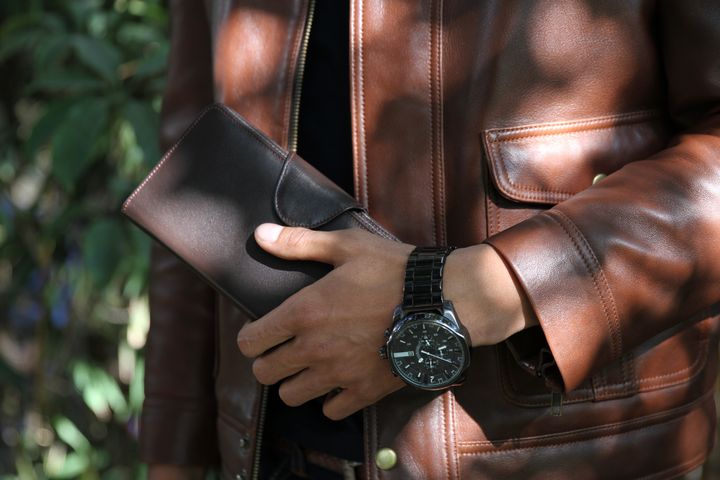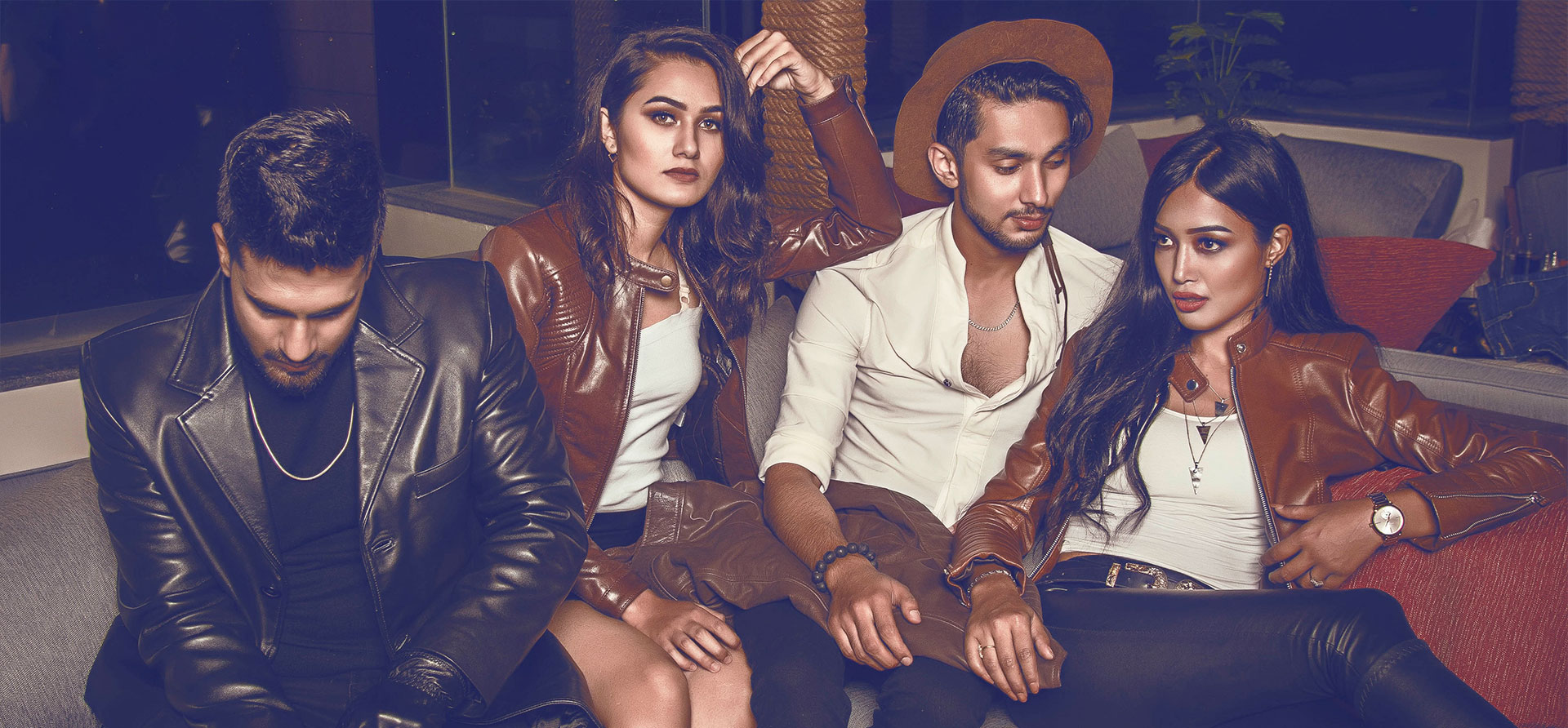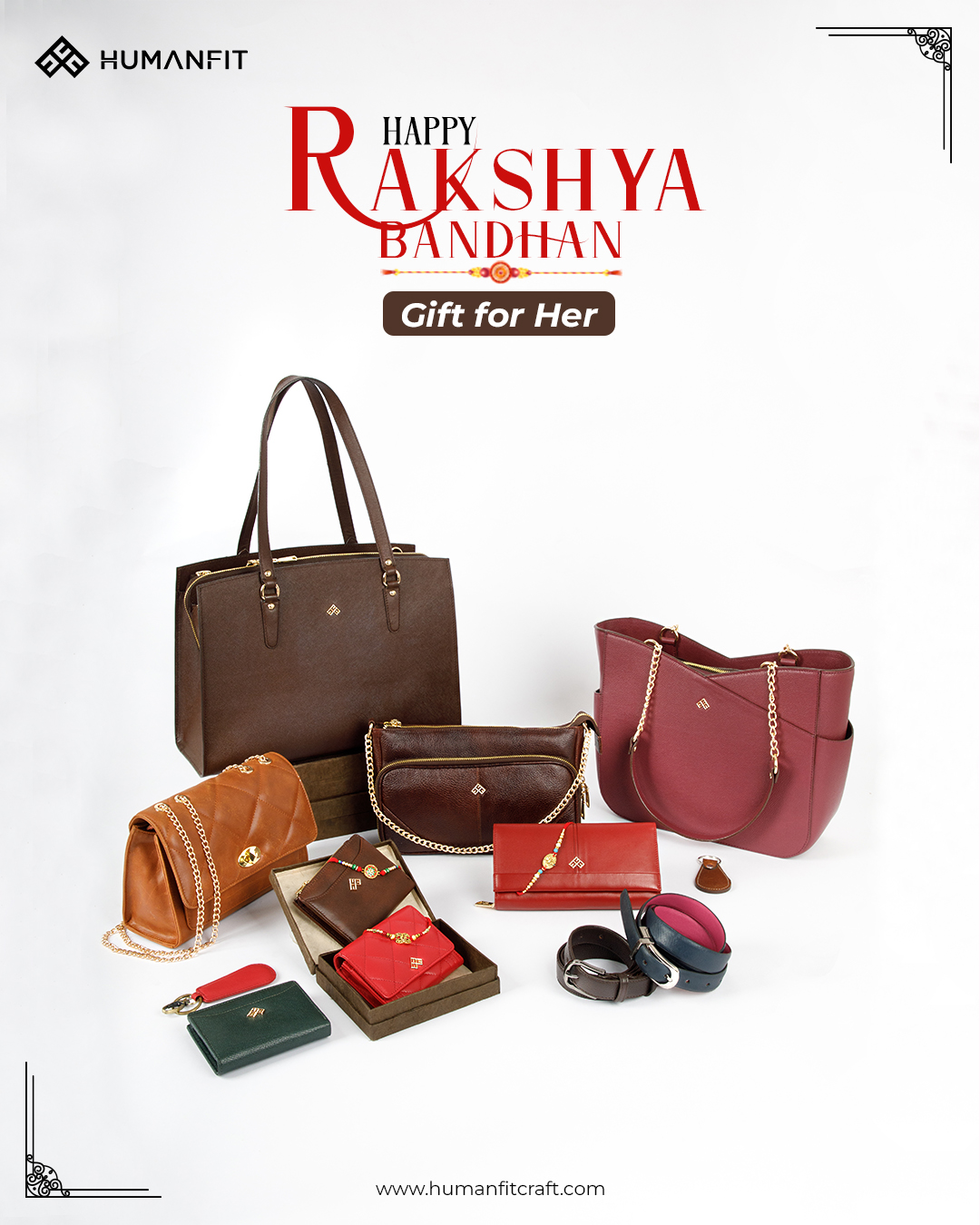
How to tell if the leather is actually real?
Leather clothes are investment pieces that can last for years if well cared for. At a time when fashion trends keep shifting every two months it has become even more relevant to invest in a few things that never go out of style. When we follow the season’s current trends we often end up buying things we don’t fancy after a while. So, it is wiser to invest in things like leather that stand the test of time even if our personal style keeps evolving. There is something about leather that really never gets old. Thanks to its timelessness and versatility, it is a kind of wardrobe staple that you will have for a lifetime complementing all kinds of outfit.
But, buying leather items can get confusing if you want to make sure you are purchasing a genuine product. So, here we dig deeper into various types and features of leather in hopes that it might prevent you from overpaying for inferior leather products.There are usually two types of leather in the market: real or synthetic. Both have their own appeal.
Real leather is made of animal skin. The skin of cow, buffalo, bull, sheep, lamb, goat, horse, foal, pig, and alligator etc is used to make real leather. It bears many different names on the labels like real leather, genuine, aniline, pigmented, wild, buckskin, cowhide, by cast leather etc. The quality of leather depends on the type of animal it comes from, how it has been treated, and its grain structure. Real leather has many grades including full-grain and top-grain.
Full-grain: Full grain refers to the outermost surface of the skin that has been left untreated with all imperfections. It is the layer of skin where only the hair has been removed. The surface is not corrected through buffing and sanding so the grain surface is intact with more fiber strength. It is the strongest and durable among all leather. It can last for the rest of your life if looked after properly. It develops a weathered look over the time and will look more and more beautiful as it ages. It is the finest and most expensive of all leather.
Top-grain: Top grain means something has been done to alter the outer layer. The surface of the leather has been corrected through buffing, sanding, and embossing to get a more uniform appearance. It is smoother, less breathable and durable than full-grain. It has a plastic feel, has better stain resistance and is less pricey compared to full-grain leather.

Faux leather or synthetic leather, on the other hand, is not real leather. It is a man made leather that doesn’t use animal skin. It is made of fabric-based materials like polyester, cotton, nylon, or rayon. It applies an artificial grain pattern to the surface to imitate the look of genuine leather.Polyvinyl chloride (PVC) and polyurethane (PU) are the two most commonly used materials for synthetic leathers. Artificial leather looks much like the real leather but does not possess the technical properties of leather. Other terms for faux leather are p leather, leatherette and vegan leather. Synthetic leather is more versatile, available in large range of colors, patterns, and styles than real leather. We’ve broken down some of the main differences between real leather and faux leather. To be able to distinguish them you need to pay attention to small details.
The smell: Both real and artificial leathers have a smell. While synthetic leather has chemical odor, real leather has the distinctive odor of animal.
The touch: Real leather feel supple and warm against the skin. Faux leather is cold, stiff, and glossy.
Grain pattern: Real leather comes with natural grain pattern,pores, and fines lines. Pores in the leather are unevenly spaced. While synthetic leather is extremely smooth and pores are uniform with almost flawless and glossy texture.
Breath-ability: Real leather is breathable. The natural pores on the skin are unevenly distributed pushing the moisture out of the clothes or shoes. On the other hand synthetic leather is not permeable, thus sweat can build up. But, synthetic leather can be micro-perforated to release any build-up moisture.
The backside: The backside of real leather has suede like underside, but faux leather looks plain.







